Missouri's New $183 Million BSL-2 Biolab Slated for Completion 2026 Raises Lab Leak Concerns
BSL-2 labs can handle bird flu viruses and pose "moderate hazards" to the "laboratory and the community."
The State of Missouri officially broke ground in June for its new Multi-Agency State Laboratory Campus biolab in Jefferson City.
Follow Jon Fleetwood: Instagram @realjonfleetwood / Twitter @JonMFleetwood / Facebook @realjonfleetwood
The new lab raises safety concerns, especially given the COVID-19 pandemic was caused by a lab leak in Wuhan, China.
The new lab will incorporate five agencies: the Department of Health and Senior Services (DHSS), the Department of Agriculture (MDA), the Department of Conservation (MDC), the Department of Natural Resources (DNR), and the Missouri State Highway Patrol (MSHP), according to a press release from the state’s Office of Administration.
The 250,000 square foot laboratory comprises a “multi-story building; parking area to accommodate the state workforce in both the new and existing laboratory facilities; and an elevated walkway to connect to the existing State Public Health Laboratory,” the press release details.
With an estimated construction budget of $183 million, the new multi-agency facility was funded through state appropriations of the federal American Rescue Plan Act (ARPA).
Set for completion in December 2026, McCownGordon Construction will provide construction-management-at-risk services.
Missouri Governor Mike Parson said construction of the new lab “marks a significant milestone for the State of Missouri.”
Governor Parson indicated the building will represent a “one-stop-shop” that “will allow us to do better in advancing scientific research, fostering innovation, and improving community health.”
The facility “will serve as a hub for cutting-edge discoveries, bringing together the brightest minds to address the challenges of today and tomorrow.”
Office of Administration’s Commissioner Ken Zellers said the “state-of-the-art laboratory is a significant leap forward in our commitment to public health, safety, agricultural production, wildlife, and overall environmental stewardship.”
The biolab will feature “wet and dry diagnostic labs” and “will include BSL-2 suites and specialized venues for working with forensic biology, chemistry, molecular biology, bacteriology, and the Combined DNA Index System (CODIS).”
BSL-2 (Biosafety Level 2) laboratories handle moderate-risk infectious agents that can pose health hazards to humans, such as HIV and hepatitis viruses.
While the risk of transmission is lower than in higher biosafety levels, there are significant dangers, including accidental exposure through needlesticks or aerosol generation.
Strict safety measures, including personal protective equipment and containment protocols, are essential to minimize the risk of infection and ensure the safety of laboratory personnel.
“Biohazard Level 2 usually involves microorganisms responsible for mild infections in humans. These organisms are often difficult to contract via aerosolized particles, such as hepatitis A, B, and C, Lyme disease, Salmonella, measles, mumps, HIV, and dengue. Laboratory personnel can perform diagnostic tests on the specimens but must wear gloves, facial protection, and a gown,” according to an explainer published in the U.S. National Library of Medicine (NLM).
BSL-2 labs pose “moderate hazards” to “the laboratory and the community.”
Eppendorf, a leading German life sciences company, explains:
All activities in a BSL-2 laboratory require higher security standards than in a BSL-1 laboratory. The biological material used in a BSL-2 laboratory consists of bacteria, viruses, and organisms associated with human diseases. The potential pathogenic or infectious organisms subject to BSL-2 standards pose a moderate hazard to healthy adult humans. However, because of their potential to cause human disease, great care must be taken to prevent percutaneous injury, and employees are subject to regular medical surveillance if necessary. The main difference in the work procedures followed in a BSL-1 laboratory and a BSL-2 laboratory is that employees in a BSL-2 laboratory will use a BSC as a primary barrier for potentially hazardous aerosols. These aerosols are generally formed during standard work procedures like mixing, pipetting, and centrifuging, so these activities should be carried out under a BSC. At a minimum, an autoclave has to be present in the lab as a second barrier. Windows open to the outside are not recommended. A sink for washing hands must be placed in direct proximity to the exit door. The laboratory should be easy to clean and decontaminate. Inside the laboratory, special lab coats, gloves, and face and eye protection should be worn. Special precaution must be taken with sharps that can cause injury. Access to BSL-2 laboratories must be restricted.
Environmental Health & Engineering, an environmental, health, and safety consulting firm, points out BSL-2 biolabs work with the following materials:
Viral vectors with gene inserts consisting of oncogenes or genes of unknown function.
Second generation lentiviral vectors that have an increased risk in recombination to generating replication-competent lentiviruses.
Drug-resistant Risk Group Two (RG2) bacteria such as methicillin resistant Staphylococcus aureus (MRSA).
RG2 organisms with low infectious doses that can cause serious disease (e.g., Salmonella Typhi, Shigella spp.).
Organisms where certain factors predispose individuals to infection or negative health outcomes (e.g., Zika virus, Listeria monocytogenes).
Low titer O whole blood and small volumes of Human Immunodeficiency Virus (HIV), an RG3 agent.
High concentrations (>106 PFU/mL) of RG2 viruses.
Work with greater than 10 liters of a RG2 agent.
Organisms that present certain biocontainment and/or biosecurity concerns (e.g., low pathogenic avian Influenza).
BSL-2 labs can also handle influenza (bird flu) viruses, which is significant because recent reports are warning of an incoming bird flu pandemic.
It was in Missouri just last month that an individual was infected with bird flu.
The patient represents the first infection in a person in the U.S. who didn’t work with poultry or dairy cows, according to NBC News.
Follow Jon Fleetwood: Instagram @realjonfleetwood / Twitter @JonMFleetwood / Facebook @realjonfleetwood
American Bioweapons: Then & Now
The United States had an extensive offensive biological weapons program stretching back at least to World War II and the Cold War era.
New H5N1 Bird Flu Strain May Have Come from U.S. Biolab: McCullough Study Corroborates Earlier JonFleetwood.com Reports
A recent preprint paper authored by Nicolas Hulscher, John Leake, and Dr. Peter McCullough proposes that…
U.S. Gov't Is Making a Vaccine for a Virus It Also Happens to Be Making More Deadly: Bird Flu
The U.S. Department of Agriculture (USDA) is spending $1 million of American taxpayer money to fund gain-of-function experiments on dangerous bird flu (avian influenza) viruses in collaboration with Chinese scientists, according to a new report.
U.S. 'Relaxes' Biolab Regulations for Handling Deadly Pathogens Despite Ex-CDC Chief's Bird Flu Pandemic Warning
The United States has “temporarily relaxed strict guidelines” for handling, storing, and transporting dangerous H5N1 bird flu samples, following a request from the Association of Public Health Laboratories (APHL), a U.S. government-funded nonprofit membership organization.
H5N1 Bird Flu Detected in Antarctica Right Next to U.S. Biolab After USDA Performs Risky Gain-of-Function Experiments On and Develops Vaccine For Same Virus
The United States operates only three year-round research bases in Antarctica: McMurdo Station on Ross Island, Amundsen-Scott South Pole Station at the geographic South Pole, and Palmer Station on Anvers Island in the Antarctic Peninsula region.
U.S. Gov't Manufactures Bird Flu PCR Test In-House Without Third-Party Oversight
The United States government has come under scrutiny for manufacturing the bird flu PCR test in-house without third-party oversight, raising concerns about the accuracy and reliability of the tests as well as their purpose.
New Images Show Colorado Bat Lab Construction Underway Despite Safety Concerns
Construction has begun on a new laboratory at Colorado State University’s (CSU) Foothills Campus in Fort Collins, despite significant safety concerns.
New Colorado Bat Lab Location CSU Confirmed to Develop ‘CDC Tier 1 Select Agents’ Like Ebola Despite University's Denials
As health workers in Denver, Colorado receive doses of a “shedding” and live virus-containing Ebola vaccine, concerns have been raised over a new bat research facility to be built just up the road, at Colorado State University (CSU) in Fort Collins.
New Bat Lab Proposed Despite CDC's Past 'Serious Safety Violations While Working with Bioterror Pathogens' in Colorado
A new taxpayer-funded laboratory is being built in Fort Collins, Colorado that will import bats from around the world and experiment on dangerous diseases, potentially including Ebola, Nipah virus, and COVID-19.
Ebola Vaccine That 'Sheds' in 31% of Vaccinated Given to Colorado Healthcare Workers Just Down the Road from New Bat Lab
Editor’s note: This article’s headline has been updated to clarify that the FDA insert for Merck’s ERVEBO Ebola vaccine states that the vaccine “sheds” in more than 31% of those vaccinated with the drug. The prior headline said that the vaccine “‘Sheds’ Onto/Infects Others 31% of the Time.” It is more precise to simply say that the vaccine “sheds” in 31…
Documents Reveal Over 50 Safety Incidents at CSU's Virus Lab Amid New Bat Research Facility Construction
Documents obtained through a Freedom of Information Act (FOIA) request by the White Coat Waste Project (WCW) have exposed a series of alarming safety incidents at Colorado State University (CSU) in Fort Collins.
Local News Doctor Says Ebola Vaccine Virus Injected Into Denver Health Workers 'Can't Make You Sick'—FDA Insert Contradicts Her Claim
Healthcare workers at Denver Health in Denver, Colorado received doses of a live virus-containing Ebola vaccine in November 2023.

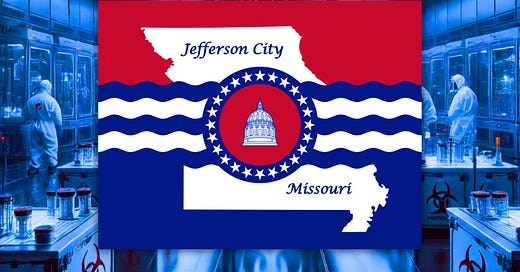




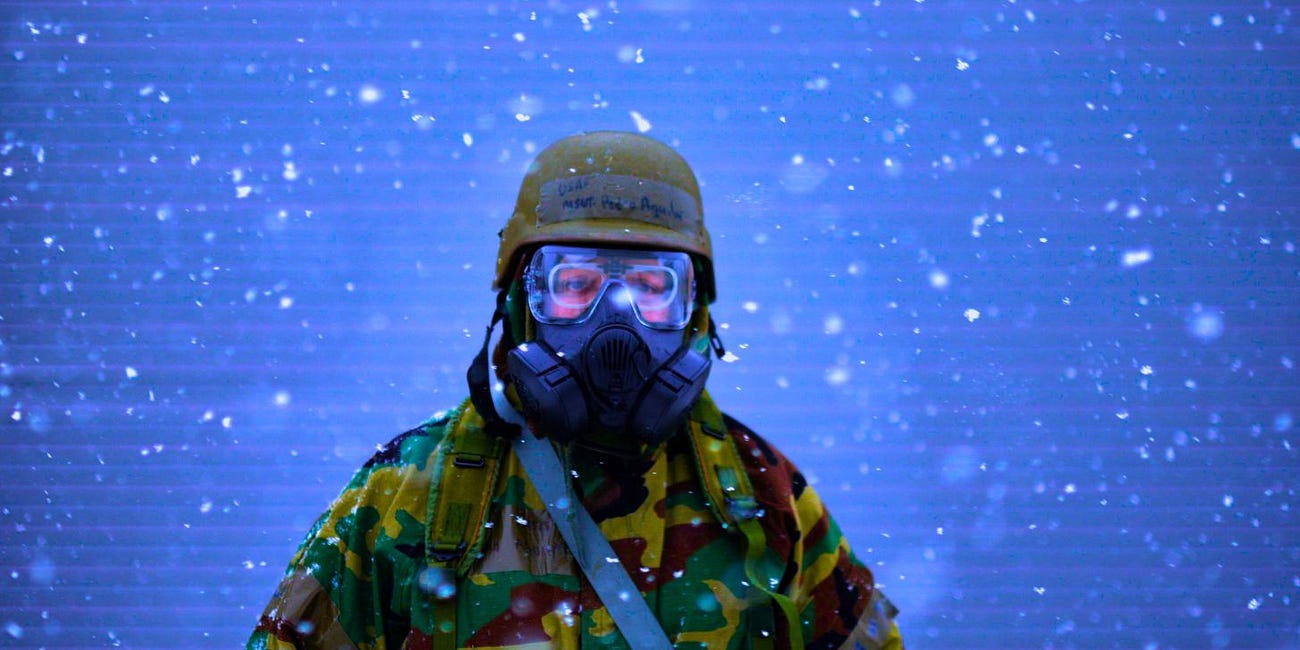
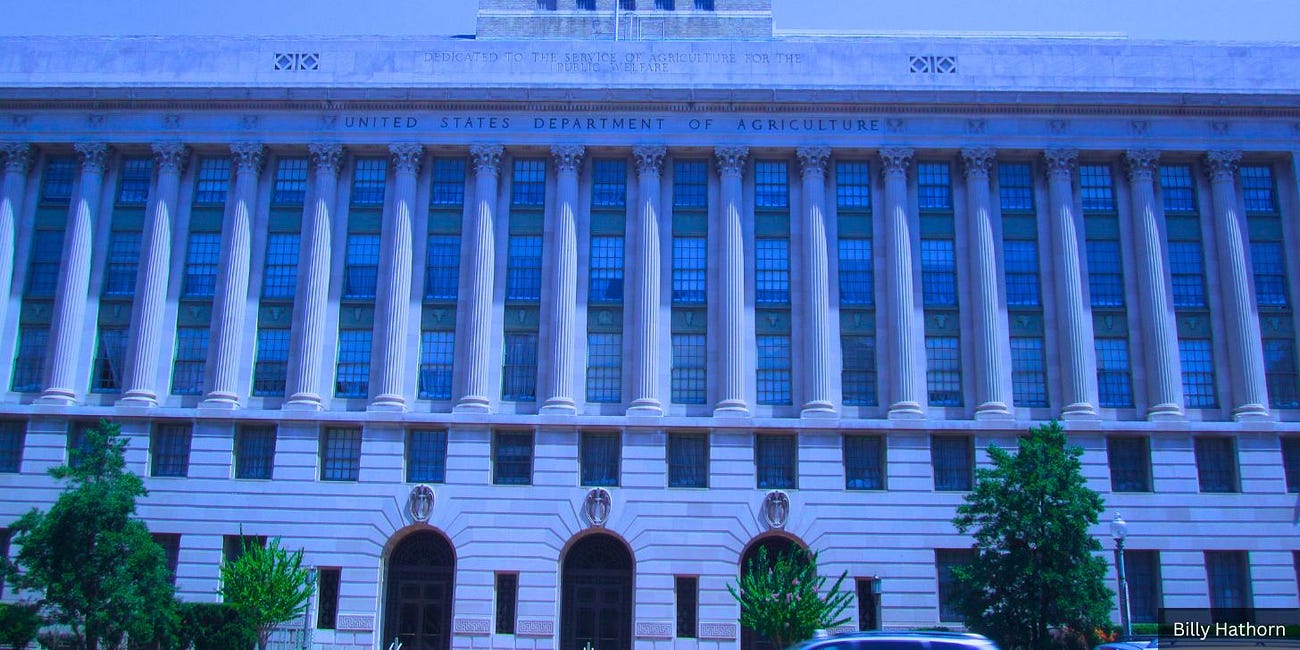

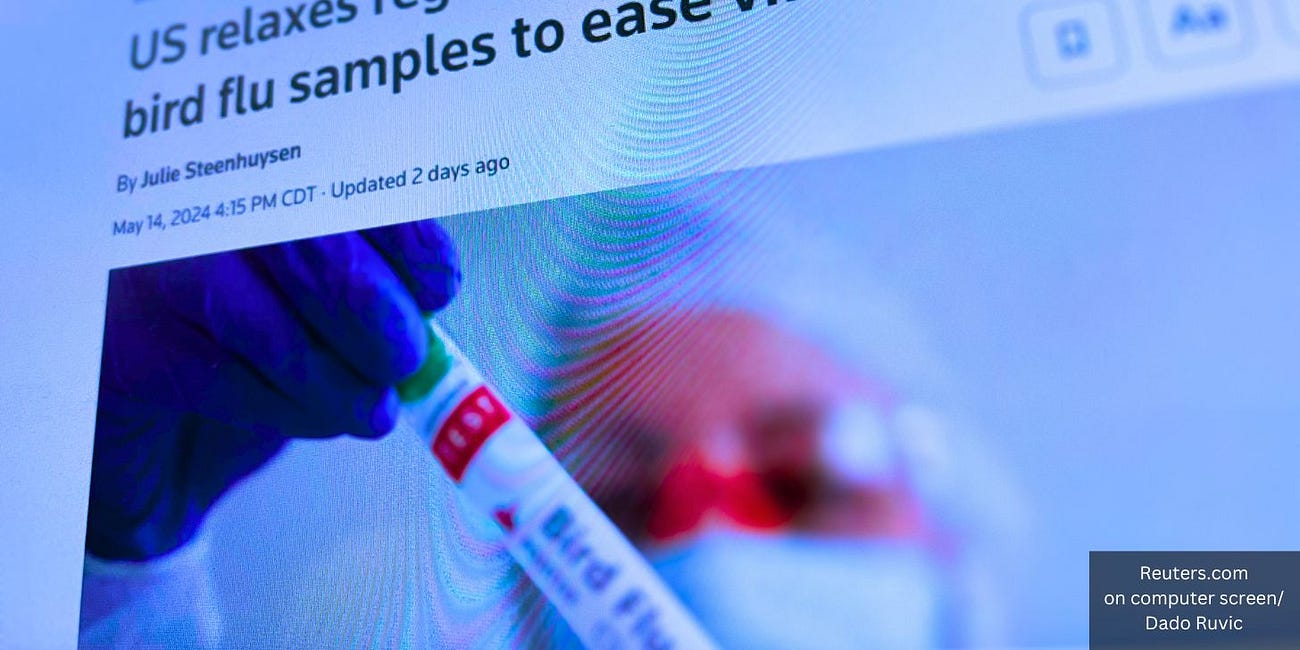

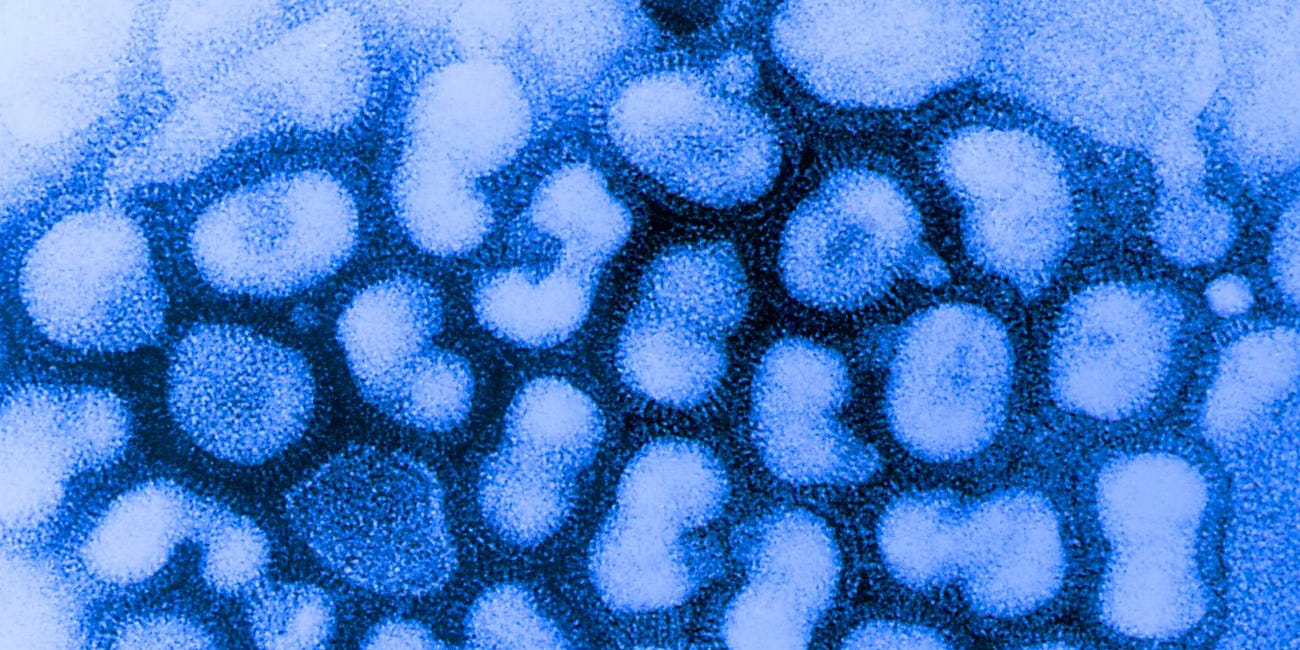
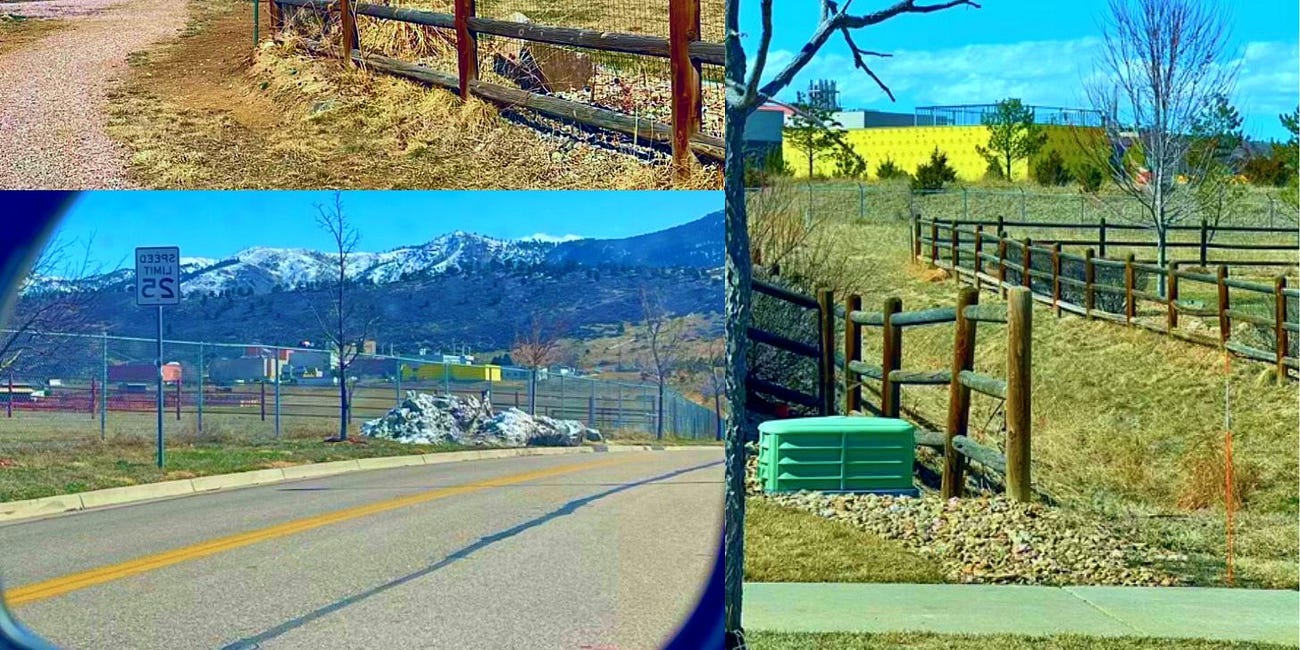
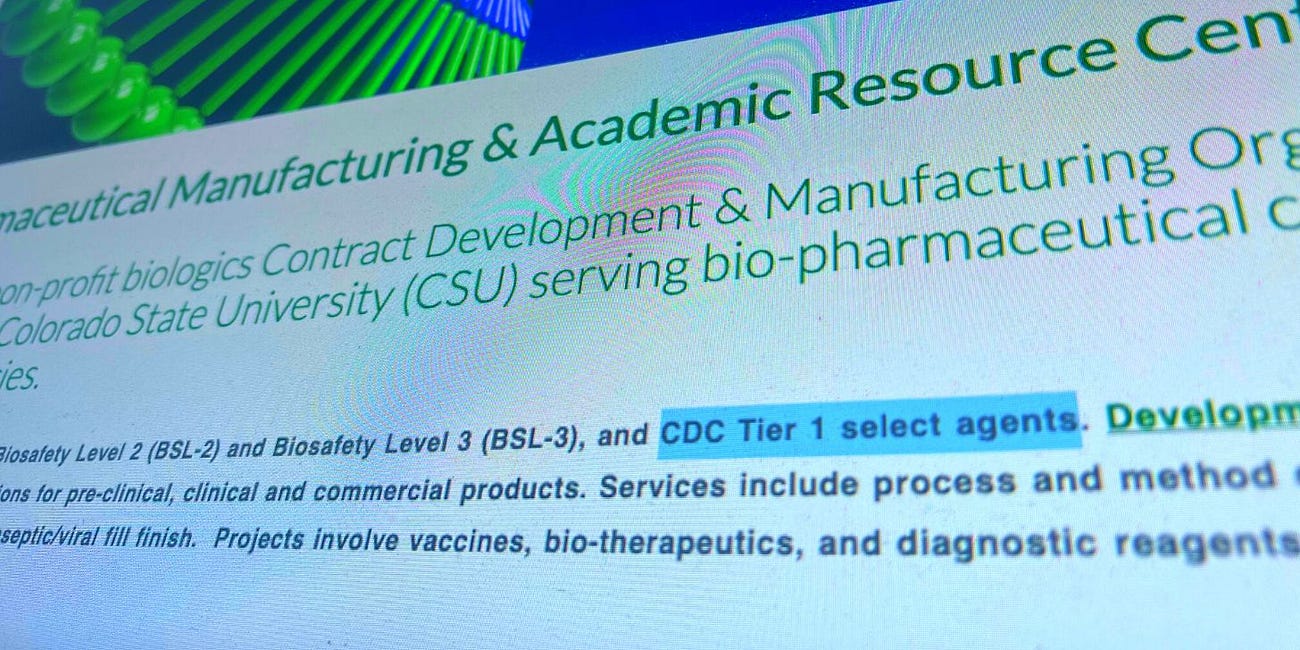
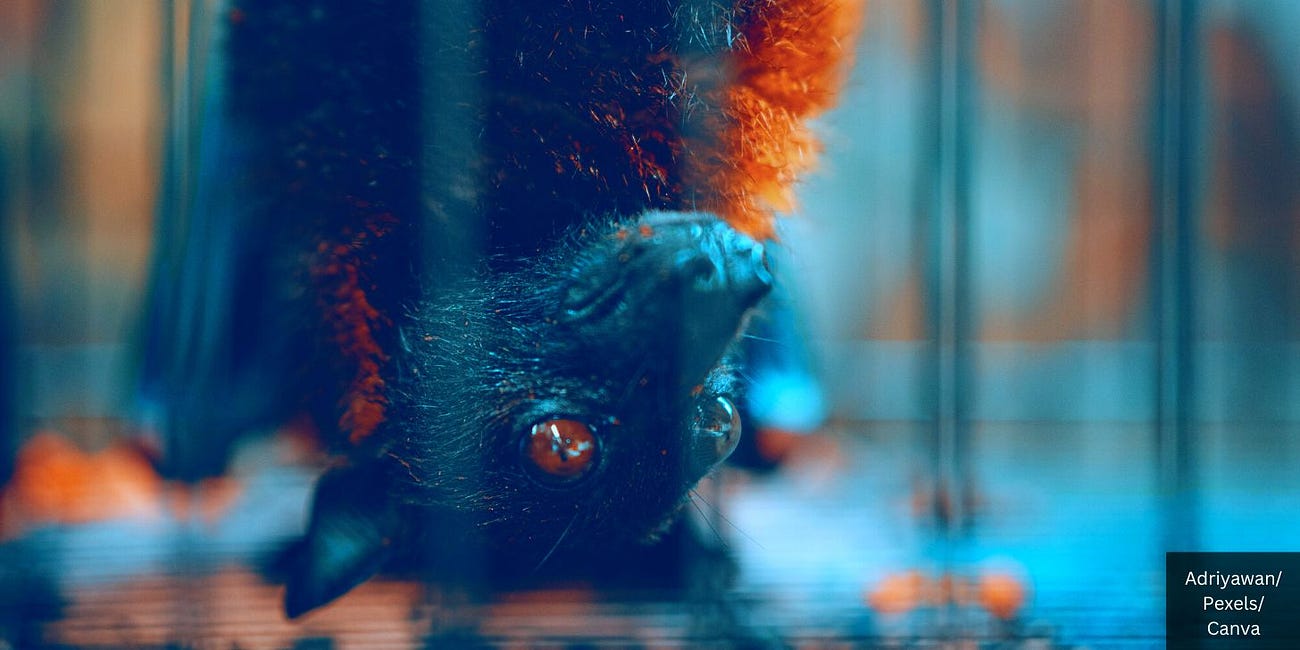

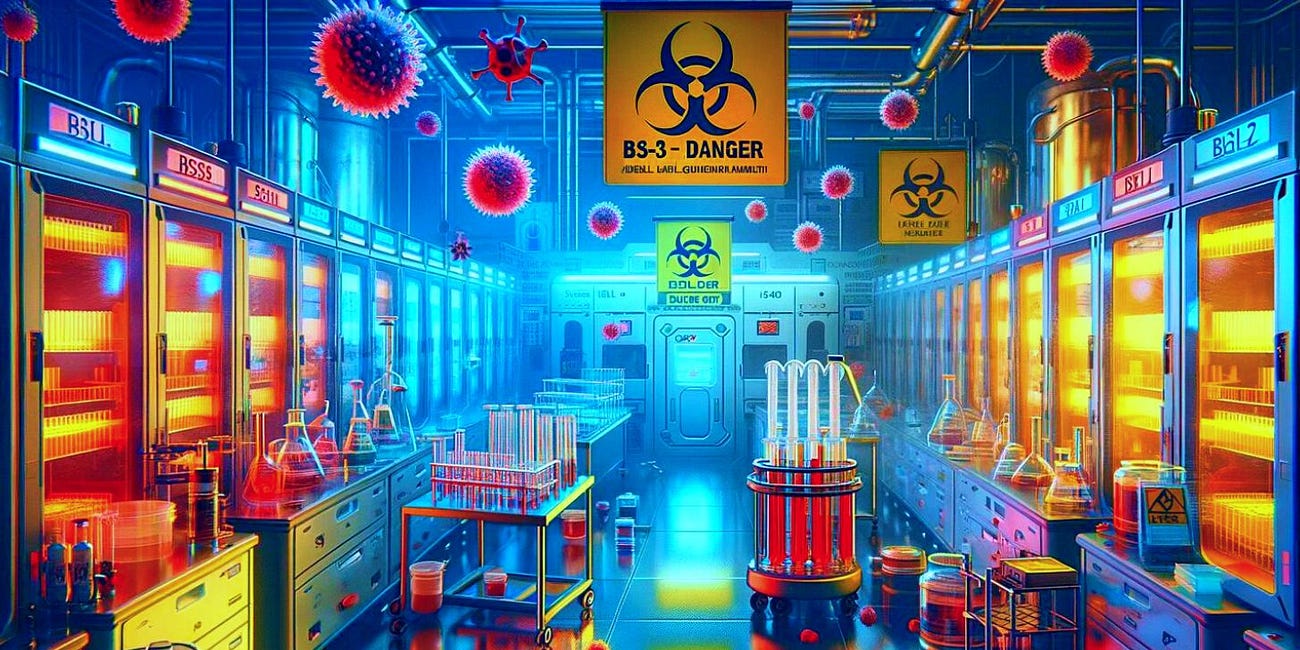

When did all the 3 letter agencies CHANGE their formerly Well Known acromyns????
A BSL-2 is a dental office.